
.jpg)
What is a Doji Candlestick?
A Doji candlestick is a technical analysis pattern that forms when an asset's opening and closing prices are nearly identical, resulting in a candle with a very thin or nonexistent body. It signifies market indecision, where neither buyers nor sellers have gained control — creating a potential inflection point in price movement.
In charts, the doji candle resembles a cross, plus sign, or inverted T, depending on the position of its upper and lower shadows (wicks). Though small in appearance, its presence can carry strong implications, especially at the end of a trend.
Understanding the Psychology Behind a Doji

This stalemate hints that momentum may be weakening — a crucial insight for traders watching for reversals, pauses, or continuations.
Doji Candle vs Other Candlestick Patters
While the doji candlestick is characterized by a near-zero body, it is distinct from other small-bodied candles like:

Spinning tops:
Small body with longer shadows, but the close and open are not equal.
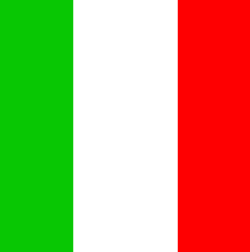
Marubozu candles:
Full-bodied candles with no wicks, indicating decisive movement.

Hammer or shooting star:
Small body with a single dominant wick, indicating potential reversal.
The doji stands apart because it reflects pure indecision, which can be powerful when combined with trend analysis.
Types of Doji Candlesticks
Doji patterns vary based on the length and placement of their shadows. Each type sends a slightly different message:
1. Standard Doji:
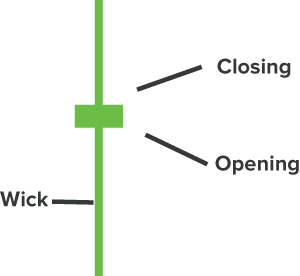
2. Gravestone Doji:
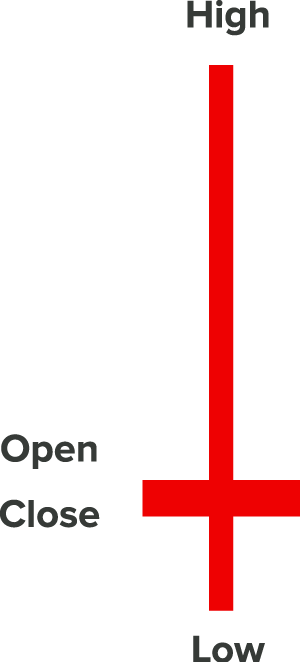
3. Dragonfly Doji
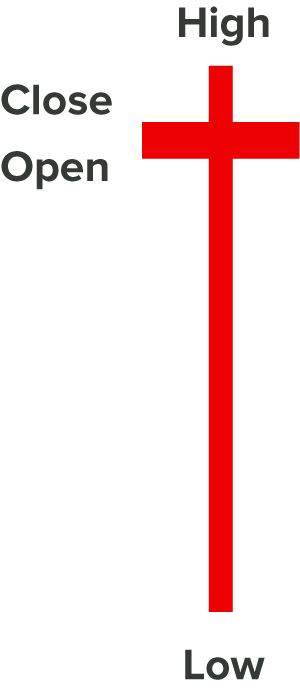
4. Long-Legged Doji

5. Four-Price Doji:

Interpreting Doji Candles in Different Market Contexts
A doji's significance changes based on where it appears in the trend:
After an Uptrend
The content in this blog, including any research, analysis, opinions, forecasts, or other information (collectively, "Information"), is provided by Century Financial Consultancy LLC (CFC) for marketing, educational, and general informational purposes only. It should not be construed as investment advice, a recommendation, or a solicitation to buy or sell any financial instruments.
This Information may also be published across various channels, including CFC’s website, third-party platforms, newsletters, marketing materials, emails, social media, messaging apps, webinars, and other communications. While CFC strives for accuracy, we do not guarantee the completeness, reliability, or timeliness of any content. Any decisions made based on this Information are at your own risk. CFC accepts no liability for any loss or damage arising from its use.
Trading financial products involves significant risk and may not be suitable for all investors. Please ensure you fully understand the risks and seek independent professional advice if necessary.
Please refer to the full risk disclosure mentioned on our website.
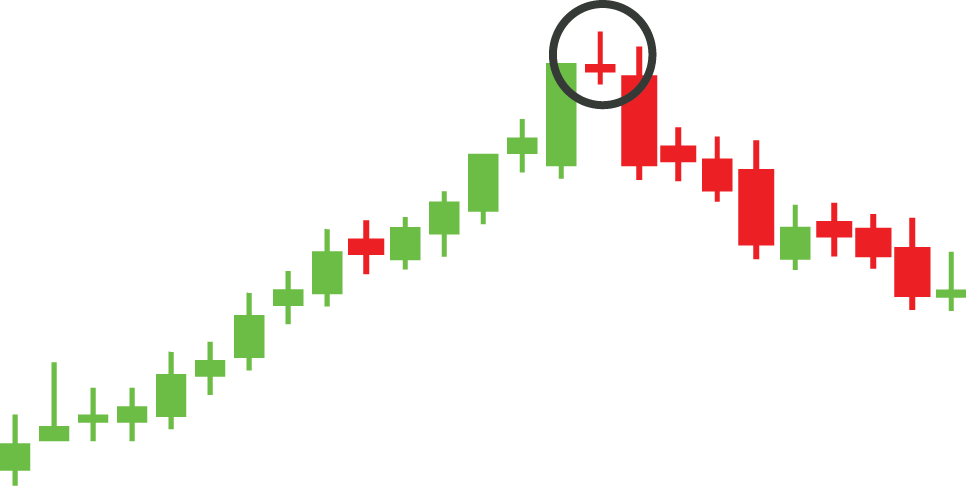
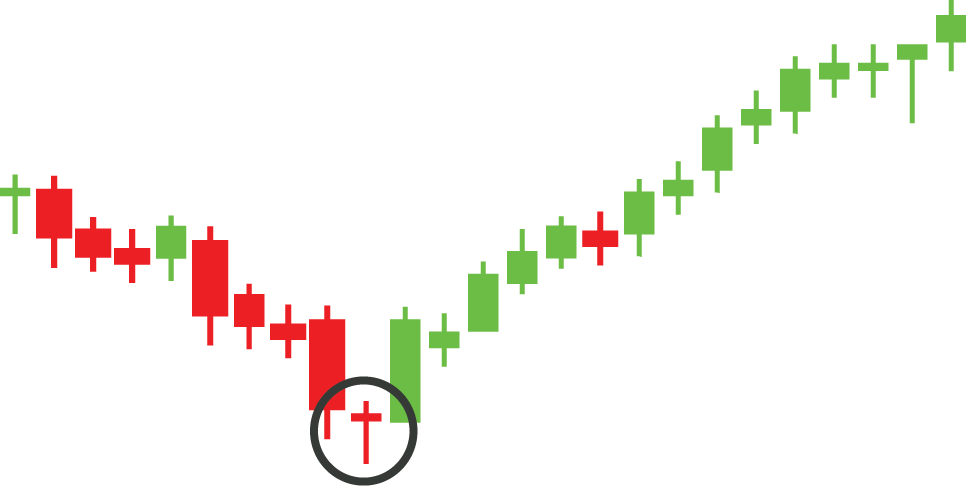





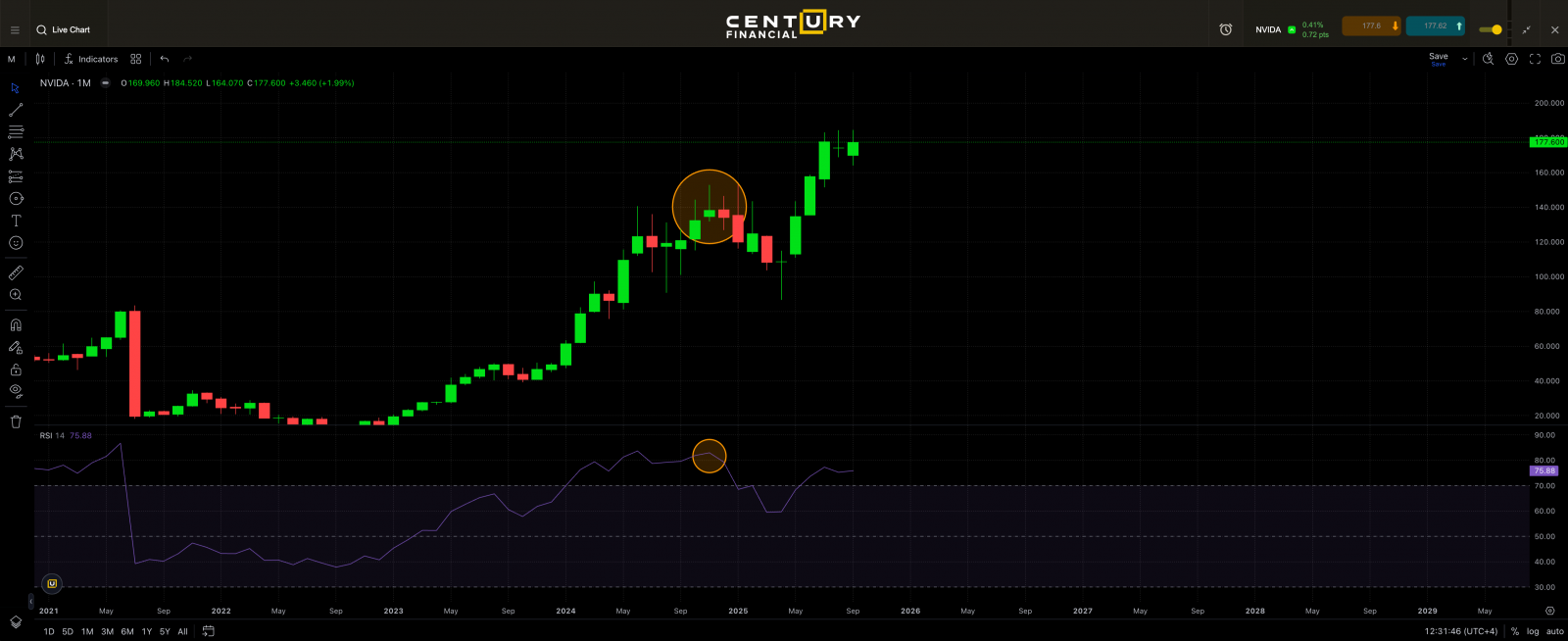
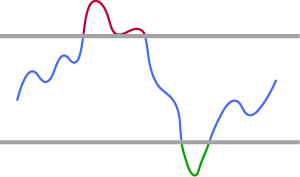
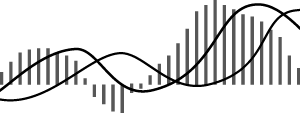

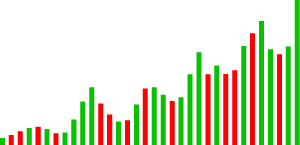
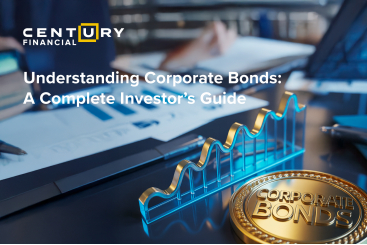


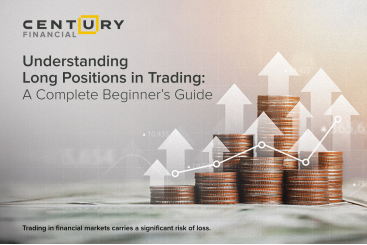
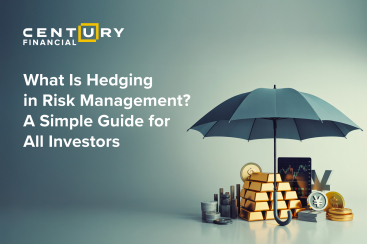




.png)
.png)
.png)
.png)


